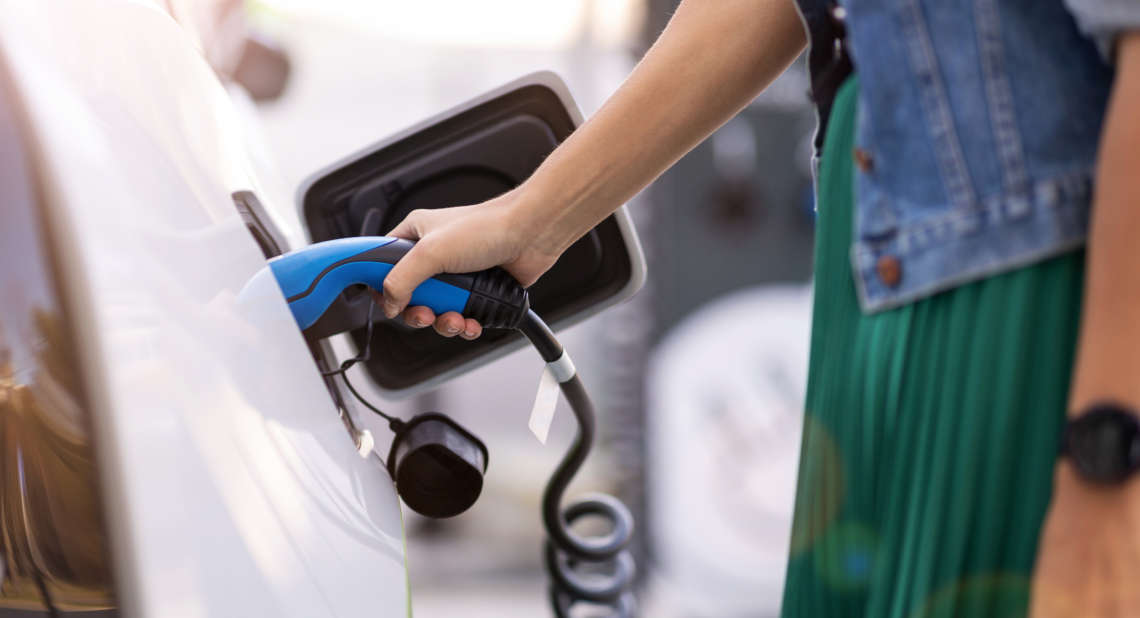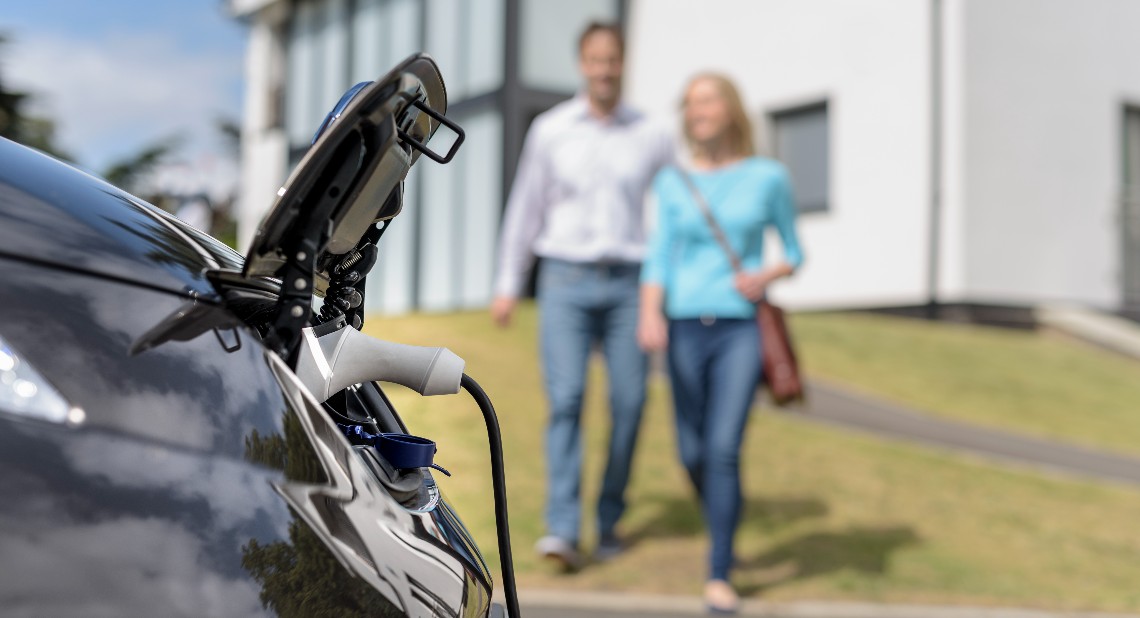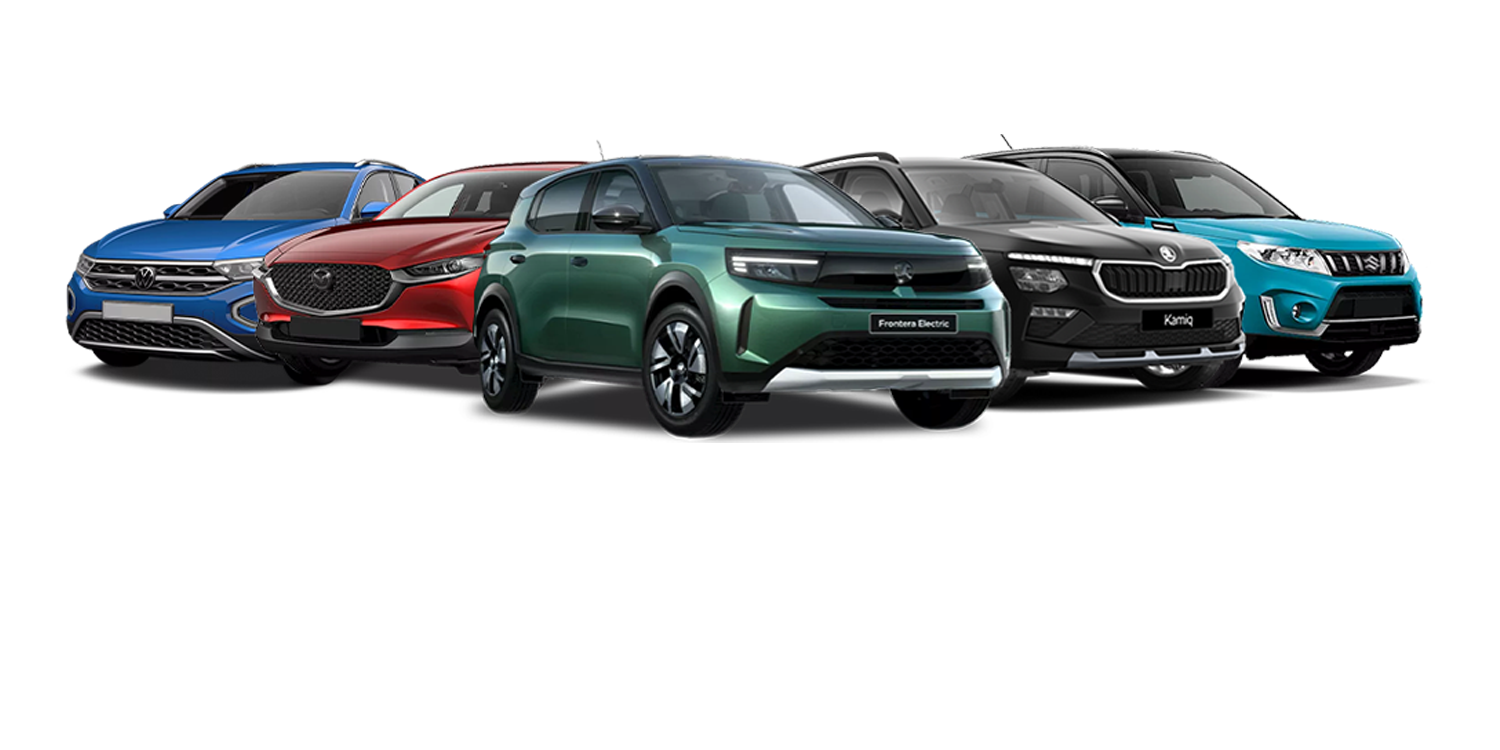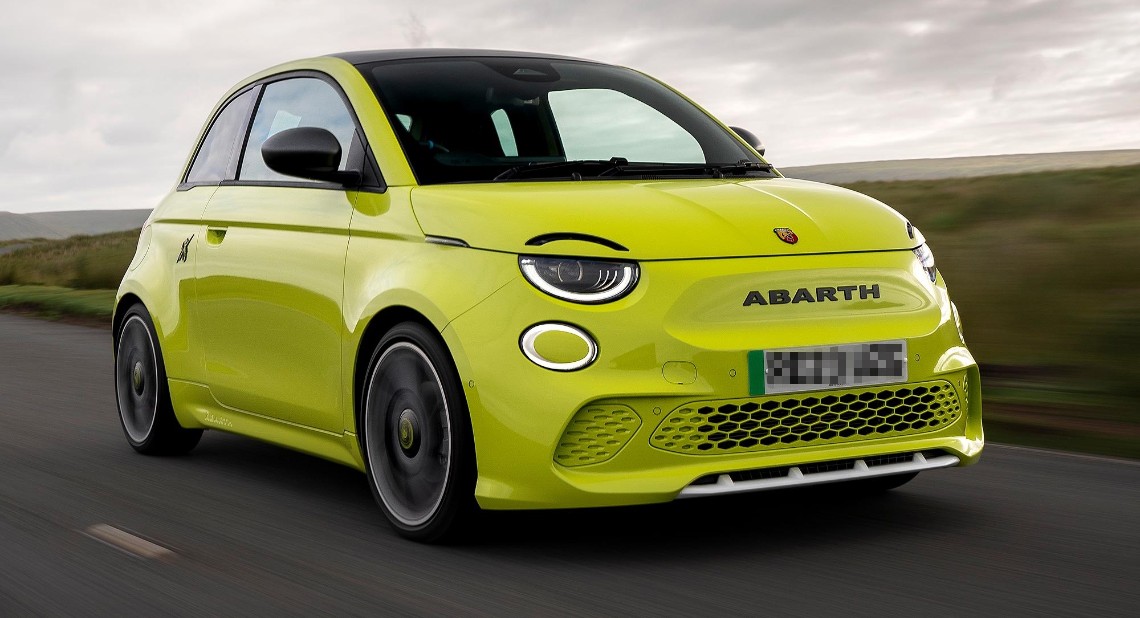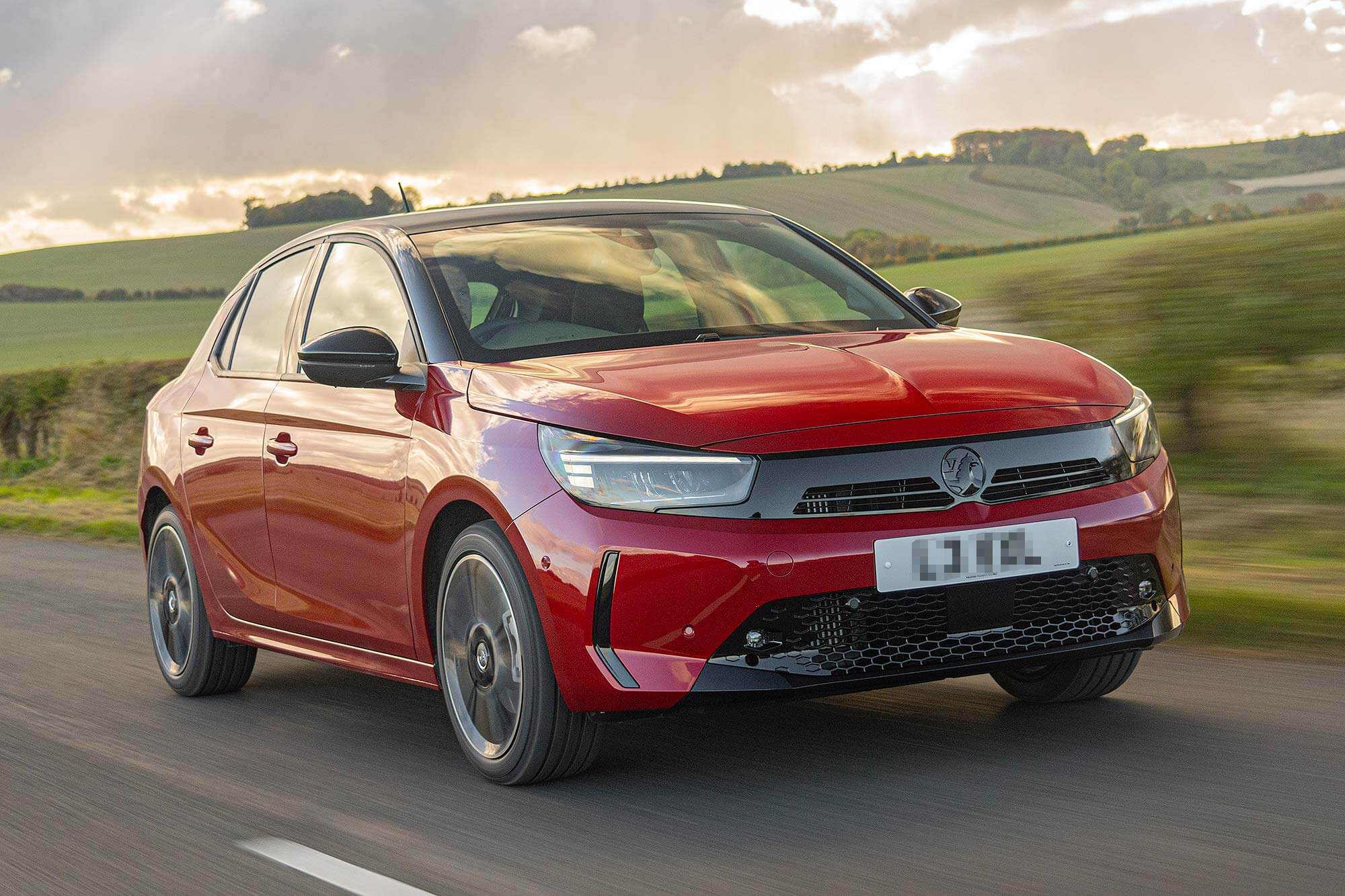The 2030 ban on new petrol and diesel vehicles has led more people to choose an electric car than ever before. Here, Gareth Herincx discusses 6 things to consider if you’re interested in switching to electric.
If you’re thinking about switching to an electric car, you’re not alone. In 2021, more new EVs joined the UK’s roads than in the previous five years combined.
Not only does driving an electric vehicle help to save the planet, but it could also halve your running costs – especially if you charge it at home.
From city cars to SUVs, there’s more choice than ever, and hundreds of new public chargers are being added to the network every week.
Search the full range
If you’d like to join the 640,000 customers already enjoying the benefits of a worry-free lease package through the Scheme, start exploring the full range of cars available using our Car Search tool to narrow down your options.
Why drivers are switching to electric cars
The UK is on the road to becoming a carbon-neutral society, and from 2030 sales of all new petrol and diesel cars will be banned.
The reason we are transitioning from petrol and diesel cars to electric vehicles (EVs) is because of their impact on the environment. Fossil fuelled vehicles emit lots of pollution, and are responsible for around a fifth of all carbon emissions in the UK, according to Greenpeace.
Not only will reducing carbon emissions help to protect the planet for future generations, it will also dramatically improve air quality and our health. There’s a clear link between pollution and life-changing illnesses, so by doing our bit for the environment we are also helping ourselves in the long run.
6 things to consider before choosing an electric car
-
Your routine
The average UK motorist drives around 25 miles per day, which means that running an electric vehicle makes complete sense for most people because range anxiety shouldn’t be an issue.
However, if you’re a high-mileage driver, then running an electric car may require more forward-planning and a change of mindset. You can still drive long distances in an electric car, you’ll just need to think more about where you will recharge it on your journey and perhaps follow some tips to maximise your vehicle’s range.
-
Home charging
EV ownership is cheaper and easier if you can install a chargepoint at home and recharge your car overnight. Although it can be expensive to pay for a home charger upfront, if you are a Motability Scheme customer you may be able to get a home chargepoint installed at no extra cost – so long as it is your first electric car and you have off-street parking. You can learn more about how the Scheme supports customers with home charging here.
Sadly, this option is only possible if you have off-street parking – which means that millions of motorists living in terraced housing and flats may need to rely on other solutions. There are still ways you can charge an electric car without a home charger installed, however you will need to become comfortable using public chargepoints and workplace charging instead.
Learn more about EV street charging in our user guide
-
Where you live
Although there are more electric chargers popping up across the UK, the distribution of public chargepoints is still quite patchy, especially if you live in a rural area. Unless you have a home chargepoint, this is a major consideration that you should think about before switching to an electric car.
You can search online or use tools like ZapMap to discover how many public chargepoints there are near you. This will help you to decide whether to get an electric car now or if you’re better off waiting for a few years, so that the public charging infrastructure has time to improve.
-
Your needs
As with any vehicle, you should make sure that the car you choose is suitable for your lifestyle. Do you need space for family, friends or a dog, for instance? Do you live in an area where you need a 4×4 in the winter? EVs are available in most body styles, so there should be something for everyone.
-
Electricity provider
If you are able to get a home chargepoint fitted, it’s worth checking if your electricity plan offers a lower tariff for overnight charging. If not, this may be something to consider in the future. Although energy prices have increased significantly in recent months, electricity is still much cheaper than standard fuels. This means that it will cost you less in the long run to drive an electric car, compared to a petrol or diesel vehicle.
-
Do you tow?
If you have a caravan, for instance, there’s currently a relatively small choice of electric cars that have been type-approved to tow. In this case, you may be better off sticking with a petrol or diesel car for now until there’s a better selection available.
Electric cars available on the Motability Scheme
There’s a wide choice of electric cars on the Motability Scheme – you can view a selection of them here, or go to our Car Search tool to view the full list.
When it comes to charging your car, there are two options available:
- One of the great things about leasing an electric car through the Motability Scheme is that they arrange and cover the cost of a standard home chargepoint installation. This is available to Scheme customers who are leasing their first fully electric car, and who have off-street parking where the chargepoint can be installed. This is the most convenient and cost-effective way of charging your electric car.
- If it’s not possible to fit a home chargepoint, you will be able to access a network of public charging points for easy on-street charging. Alternatively, you may be allowed to have the chargepoint fitted at one of your approved drivers’ addresses, but you must contact the Motability Scheme to discuss this with them. Find out more about your charging options here.
Not ready to make the switch to an EV?
Whether it’s because you can’t have a home chargepoint fitted, your live in an area with limited public chargers or an electric vehicle just doesn’t fit in with your lifestyle right now, there are other options.
If you are someone who makes lots of short journeys, you might want to consider switching to a hybrid car to cut down on your emissions and increase fuel economy.
Watch our animation explaining the different types of electric and hybrid cars
If you think a hybrid is for you, the Motability Scheme offers several models. Remember that some hybrids are ‘plug-in’, meaning you need to charge them to take full advantage of their benefits, while self-charging hybrids recharge while driving and don’t have to be plugged in. You can learn more about the pros and cons of electric vs hybrid cars here.
Whatever decision you make, one thing is for sure: the future of driving is electric. Even if you have to wait a few years, the choice of cars is growing quickly and the price of electric vehicles will become more competitive, making them more accessible to even more people. There will also be more public chargers and better technology that makes EVs even quicker and easier to charge and drive.
Interested in joining the Scheme?
The Motability Scheme offers an all-inclusive package to help you stay mobile. If you are in receipt of a qualifying mobility allowance you can use it to lease a car, scooter, powered wheelchair or Wheelchair Accessible Vehicle (WAV).
Eligibility
To join the Scheme, you must be in receipt of one of the following mobility allowances:
- Enhanced Rate of the Mobility Component of Personal Independence Payment (PIP)
- Higher Rate Mobility Component of Disability Living Allowance (DLA)
- Higher Rate Mobility Component of Child Disability Payment (Scotland)
- War Pensioners’ Mobility Supplement (WPMS)
- Armed Forces Independence Payment (AFIP)
You can easily check whether you’re eligible to join the Motability Scheme by using our eligibility checker tool.
Related articles
6 ways to maximise your electric vehicle’s driving range
Electric vehicles: do you have range anxiety?
Electric Cars: Information and Driver’s Guide
![]()
